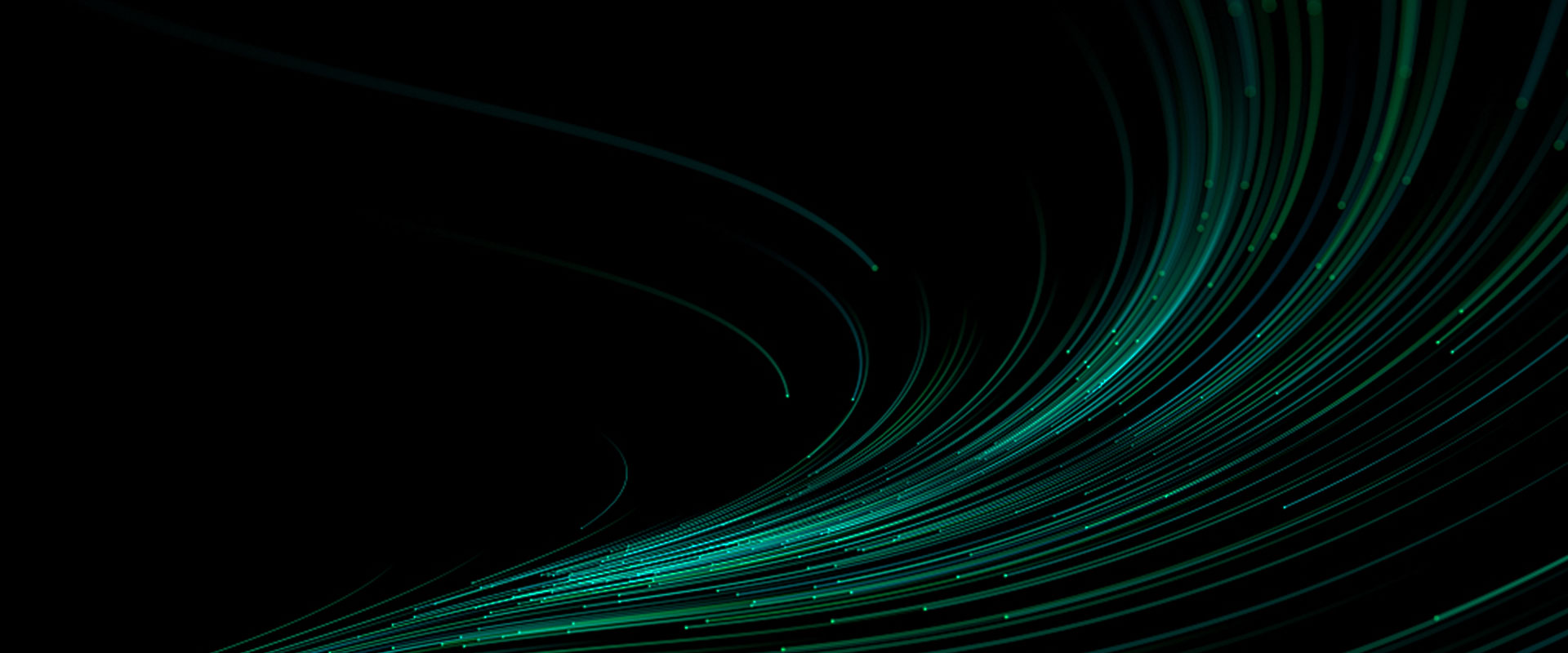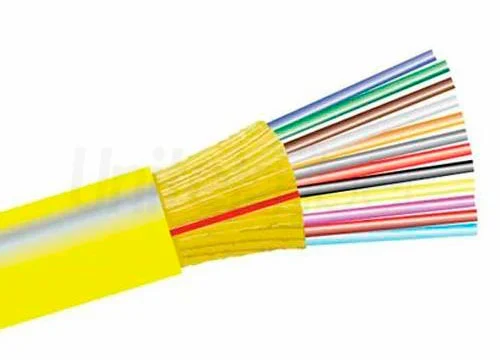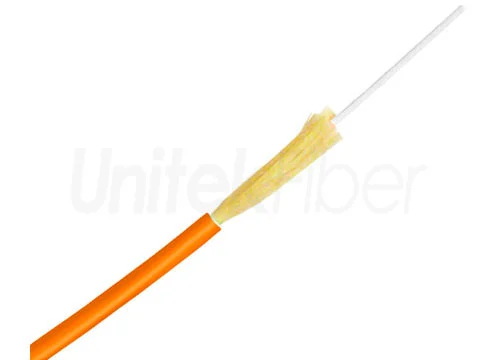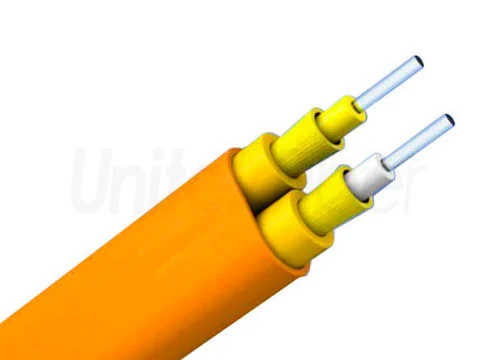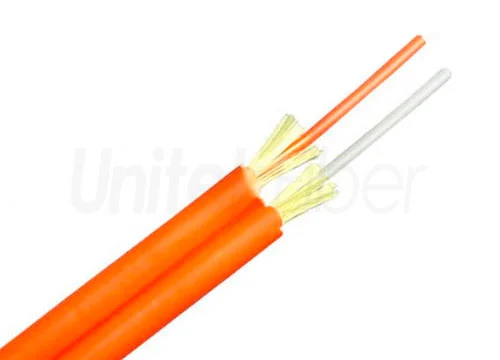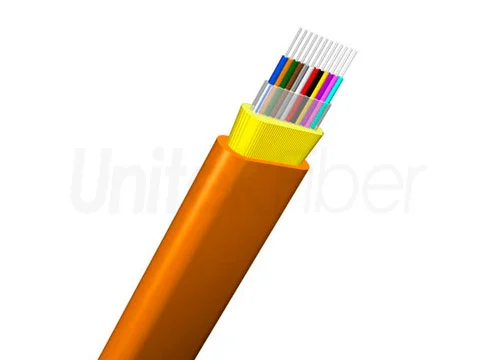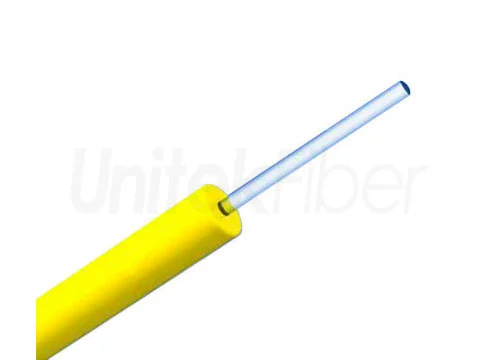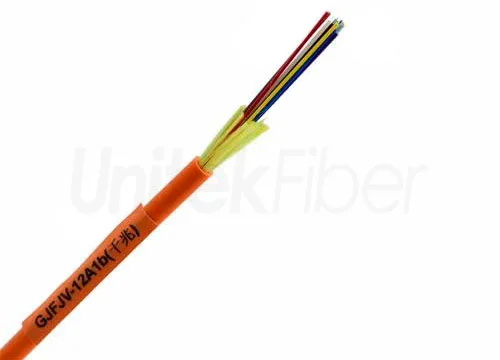
The indoor optical cable is the optical cable laid in the building, which is mainly used to connect communication equipment, small switches and end user equipment in the building to transmit information. UnitekFiber as a professional fiber optic cable manufacturer, we highly recommend that using G657A1/G657A2 fiber because it has high performance on the bending resistance which is perfect for indoor wiring. We also produce CPR Eca|Dac indoor fiber cables and UL OFNR|OFNP fiber optic cables.
Indoor fiber optic cables are an essential component of modern communication infrastructure. According to the type of optical fiber, indoor optical cables can be divided into single mode and multimode. Indoor fiber optic cables come in various core configurations. According to the number of cores, fiber optic cable can be divided into simplex optical cable, duplex optical cable, distribution optical cable and breakout optical cable. The number of cores determines the optical cable's capacity for simultaneous data transmission. For example, a optical cable with a higher core count can transmit more data simultaneously than a optical cable with a lower core count.
Simplex fiber optic cable consists of a single optical fiber, an outer jacket and optional Kevlar yarn. Simplex fiber optic cable is most commonly used in applications that require only one-way data transmission.
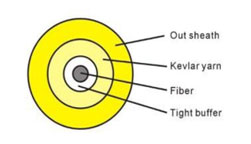
Duplex fiber optic calble can be regarded as two simplex optical cables. This kind of optical cable is two-way and synchronous when transmitting data, and is most commonly used for duplex communication between devices that need to send and receive separately.
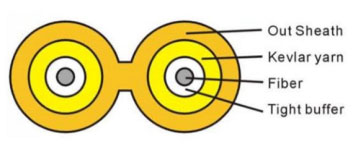
Distribution fiber optic cables are typically smaller in size and lighter in weight. Several optical fibers are wrapped in a 0.9mm tight buffer tube with up to 288 cores. Distribution fiber optic cables can be terminated directly, but because their optical fibers are not individually reinforced, these optical cables need to be terminated in a fiber optic patch panel or fiber optic junction box to protect a single optical fiber.
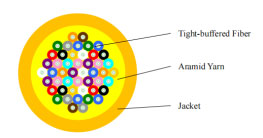
The breakout fiber optic cable consists of two or more simplex 2.0mm 3.0mm fiber optic cables bundled around a central strength member. Each fiber optic cable has its own jacket and all of the fiber optic cable are packaged together inside the same outer jacket. The breakout fiber optic cable is usually designed with tight buffer and the fiber counts are varied from 2 to 48 fibers.
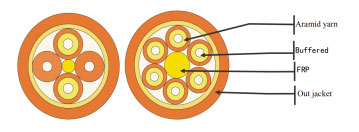
Indoor fiber optic cable jacket material can vary depending on the specific requirements of the installation. Flame ratings of tight buffered indoor fiber optic cables are available in Plenum(OFNP), Riser(OFNR), and General (LSZH). The choice of jacket material depends on the specific application requirements, environmental factors, and safety regulations.
The indoor fiber optic cables are typically constructed with a 0.9mm tight buffer. They can be designed for both short and long distances, depending on the specific application. The use of indoor fiber optic cables is not limited to building-to-building or floor-to-floor connections, but also includes intra-building or intra-facility connections such as between servers and storage systems in a data center. Moreover, indoor fiber optic cables are used for backbone fiber optic installations and can be run in narrow riser or plenum spaces.
Air Blowing Micro Fiber Optic Cable
OSP Fiber Cable(Outside Plant Fiber Cable)
